SUMMARY
This is AI generated summarization, which may have errors. For context, always refer to the full article.
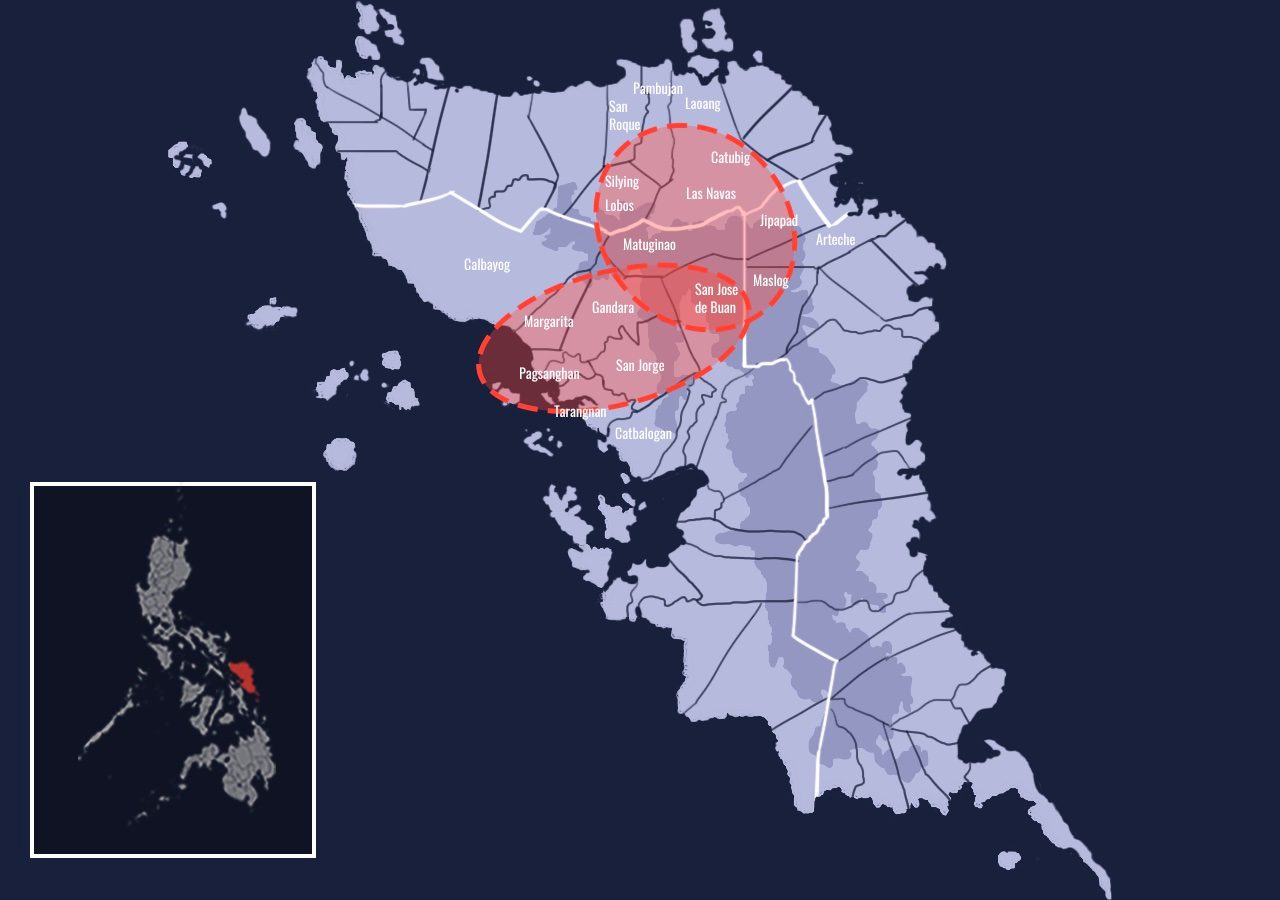
Second of 3 parts
SAMAR, Philippines – How did the Communist Party of the Philippines (CPP) leadership become so vulnerable in a long-acknowledged rebel stronghold that they would end up in a boat being chased by government troops?
The Armed Forces’ Joint Task Force Storm had been tracking top CPP leaders Benito and Wilma Tiamzon in the month leading to the August 22 boat explosion where at least eight suspected “rebel VIPs” (very important persons) perished off the coast of Tarangan town in Samar province.
Only DNA tests can determine if Benito and Wilma died on the banca that exploded on August 22 off Tarangan town in Samar province.
Military intelligence had monitored the occupants of the boats in their last journey from their besieged base in the San Jose de Buan highlands to the coastal town of Pagsanghan, Major General Edgardo de Leon, commander of the 8th Infantry Division and head of JTF Storm, told Rappler on September 13.
The rebel leadership’s flight followed eight months of sustained military operations, from February to August, across the three provinces of Samar island, the Philippines’ third largest.
The arc of clashes start in the Pacific-facing towns of Northern Samar, to the mountainous tri-boundary, and down again to the Samar Sea coast adjacent to Leyte island.
The AFP implemented operation plans finalized with De Leon’s arrival in Samar in December 2021.
As head of both the 8th ID and JTF Storm, De Leon could tap specialist military forces outside of the Army, including the Philippine Navy SEALS and units of the Air Force to neutralize insurgency and support law enforcement needs, and humanitarian and disaster response.
The core of JTF Storm, which answers to the AFP central command, is the 8th Infantry Division, based since 1988 in Camp General Vicente Lukban, in Catbalogan, the capital of Samar province. The 8th ID calls its members “stormtroopers.”
The military creates joint task forces when it has critical missions and targets. In the Visayas, the JTF launch followed then-president Rodrigo Duterte’s November 2018 Memorandum Order 32. It directed the deployment of more troops and cops in Bicol, Negros Oriental, Negros Occidental, and Samar, where the New People’s Army (NPA) had shown the ability to stage bigger attacks. (READ: Duterte orders more soldiers, cops in Bicol, Samar, Negros Island)
Massive campaign
In October 2019, the JTF used the Air Force’s FA-50 fighter jets to drop 500 pounds of bombs on a temporary NPA base on the outskirts of Las Navas, Northern Samar.
Then 8th ID spokesman Captain Reynaldo C. Aragones Jr. said it was the first time government troops utilized the supersonic FA-50 jets for “surgical airstrikes.”
Ang Bayan, the CPP’s official publication also reported on the military offensive. It said the Air Force dropped three bombs a kilometer from the center of Barangay Caputoan at the start of a month-long operation. Choppers followed to strafe the area, prompting evacuations of dozens of families in three villages, the CPP said.
By the second half of 2021, massive airstrikes forced the NPA in Samar to splinter into 16 smaller groups, De Leon told Rappler.
He said the military campaign got a boost from the new “Super Tucano” aircraft manufactured by Brazilian firm Embraer, which the Air Force inducted into service in October 2021

On October 26, 2021 “surgical air strikes” against an NPA camp in Las Navas, Northern Samar, also caused “heavy rebel casualties,” the military claimed.
Air assets were likewise deployed in Borongan, Eastern Samar after guerrillas, using improvised explosive devices, scored against operating troops on November 11, killing six soldiers and wounding more than 20.
Despite that setback, “we knew then we were on the leadership’s heels,” said De Leon who took command on December 6, 2021.
2022 push
For the 2022 operation, military planners focused on what veteran communist cadres call the “greater circle” in the rugged tri-boundary of Northern Samar, Eastern Samar, and Samar.
A third of the island’s land area still retains old-growth forests crisscrossed by rivers. The AFP stepped up use of units known for stealth and extended drives in punishing terrain.
“We inserted Special Operations Unit: Special forces, Naval Special Units or Navy Seals,” said De Leon.
“The terrain in Region 8 has so many waterways, so we maximize the army’s Riverine units, specialized units suited for the region, which is why our operations have good results,” he added.
De Leon said the August 22 encounter involved Special Forces’ Scout Boats with troops from the Naval Special Operations Unit (NAVSOU) and Special Forces Riverine units, composed of “ experts in waterborne and seaborne operations.”
The Navy SEALS positioned themselves off the coasts of Pagsanghan, Tarangan, and Catbalogan, waiting for the rebels. In a briefing on August 23, the general said it was the first use of the SEALS in his area of operation.
He told Rappler JTF Storm did not use air assets on August 22.
The push started in February with the AFP’s Visayas Command (Viscom) announcing the deployment of an additional Army battalion to Samar.
The new unit, the 3rd IB, had spent the previous six years in Paquibato District, in the Davao City hinterlands where Lumad (indigenous tribes), once friendly to Duterte, had increasingly found their communities under fire.
JTF Storm also shifted its priorities from personalities to intensive operations against platoon and squad formations.
Harrying the smaller guerrilla units resulted in rebel leaders leaving their forest bases for the more vulnerable “white areas,” said the general.

On February 16, JTF Storm arrested Esteban Manuel, a 70-year-old peace talks consultant of the NDF and also allegedly a member of the CPP central committee in Villareal town, Samar, near the coast of Maqueda Bay that abuts Coloargo Bay in Leyte.
“He was apprehended for illegal possession of firearms and explosives during the elections gun ban period,” De Leon said.
The military “intercepted and captured” Manuel after pressure from operations forced him out of Pinabacdao town, De Leon said.
“Tatakas na rin sana siya (he was getting ready to escape) because we had already launched operations there, which continued until March,” the general added.
Two weeks after Manuel’s arrest, an informant in Catubig, Northern Samar, reported a stranger, a non-Visayan, who had been staying there for some time with a laptop, arms, and hiding some things, including a lot of money.
That led to the March 8 capture of Edwin Alcid, described as a central committee member and one of those who escaped from the foiled 1972 MV Karagatan attempt to smuggle more than a thousand firearms from China.
The CPP said Alcid, also an NDF peace consultant, was a University of the Philippines engineering graduate who had helped design and build the Balintawak Cloverleaf interchange in Quezon City.
The CPP and rights groups initially sounded the alarm for the “disappearance” and “abduction” of Alcid. De Leon told ABS-CBN the arrested communist was named Leonardo Bernardo.
Alcid’s family and human rights workers eventually found him. He is currently detained at Laoang Provincial Jail, Northern Samar. Like many aging communist leaders, he suffers from several ailments, including diabetes.
Offensives
Over the summer and monsoon months, clashes spiked in Samar.
A July 5 rebel offensive using manually detonated landmines injured seven soldiers in Magsaysay village, Mapanas town, Northern Samar.
Drones and air assets tracked the Northern Samar rebels to their fallback position across the province’s border with Samar.
After days of clashes around San Jorge, Samar the 801 IB troops killed three rebels from the Mapanas group on July 12. They also recovered three M16 rifles, an AK47, a shotgun, anti-personnel mines, election campaign materials, and notes.
That same month, the AFP steadily moved operations into Samar as troops kept pace with retreating rebels, said De Leon.
“At the old logging road from Kilometer 1 to Kilometer 25, from Catubig to Las Navas in Northern Samar, that goes down to Matuginao until San Jose De Buan in Samar, we discovered rebels using it as their highway,” he said.
“We found many historical records of encounters there; and we also suffered many casualties in these areas, but that did not stop us,” the general added.

JTF Storm used five battalions from the 803rd Brigade and four battalions from the 801st Brigade.
“That’s how massive our operations are there, a total of nine battalions,” De Leon said. “And those operations come under one plan, sustained since February and remain ongoing.”
Fight and flight
The sustained pursuit eventually bagged the highest-ranking local rebel leader.
On August 12, the 801st Infantry Brigade announced the death of Eastern Visayas regional party committee (EVRPC) NPA regional commander Rodrigo Mejica Lorezo and his aide Rosco Rotalano.
Brigade commander Colonel Lenart Lelina told the Philippine News Agency the slain rebel officers were part of a six-member group, which fits in with De Leon’s claim of guerrillas trying to disperse.
It was a strategic loss for Samar rebels as Lorezo was in charge of coordinating all guerrilla operations on the island.
Clashes continued in the tri-border areas all throughout August. De Leon gave no other details as these could affect ongoing operations.
“We hounded them until reports reached us that they would try to get their VIPs out of the mountains because of this massive military operation,” said De Leon. “All that led to the sea blast on August 22.”
But even if fragmented, the NPA in Samar is still dangerous, the general said.
Still believed to be at-large and in the mountains is “Ka Bart” or Tirso Alcantara, the former commander of the Melito Glor Command in Southern Tagalog and NDF regional spokesman during the 1986-87 peace talks between then-president Corazon Aquino’s government and the rebels.
Alcantara was arrested in January 2011 and, according to rights group Karapatan, was heavily tortured. He spent two years in isolation as he faced as many as 40 murder cases. He was 62 years old when the Duterte government released him in 2016 for the Oslo peace talks together with the Tiamzons and at least 20 other rebel detainees.
“Si Ka Bart, isa ‘yan sa hina-hunting dito,” said De Leon. “We believe he is the security officer of the Central Committee.”
The JTF chief believes the communist rebellion has been badly battered in Samar. Since the island has been the base of the CPP’s highest officials, the military’s success there could have repercussions on other guerrilla regional units.
But claims of a final defeat for Asia’s longest-running insurgency have been a familiar chorus for decades.
The brutality of Duterte’s regime also saw many young urban activists volunteering to fill the void in battered guerrilla zones.
De Leon won’t set a time frame for crushing Samar’s rebels.
“It’s a very fluid situation; it’s hard to set a general timeline,” he told Rappler.
But the general said that as operations continue and they collect more intelligence, they have rough timelines for each of the 16 splinter groups.
“That will depend on how the continuing operations develop. If we can hit 10 of these groups by December, then the remaining ones will be easier to pursue.” (To be concluded. Wounded land: The cost of war in Samar) – Rappler.com
Add a comment
How does this make you feel?
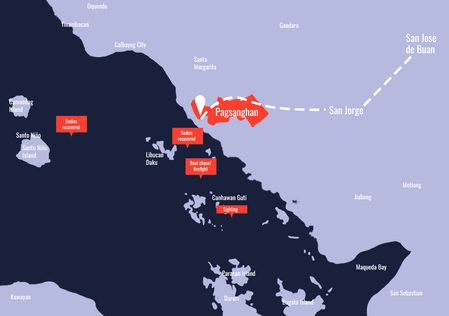

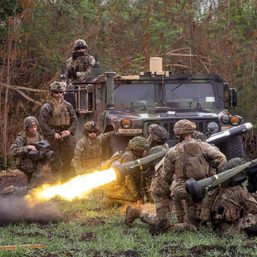
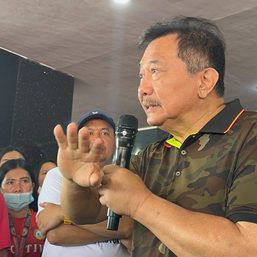
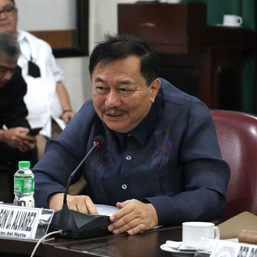
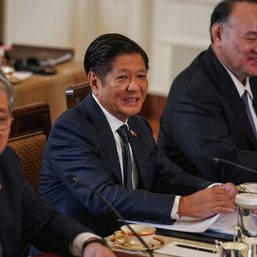
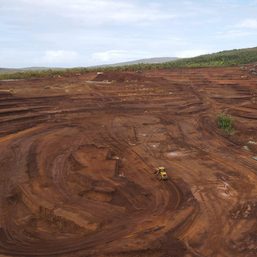
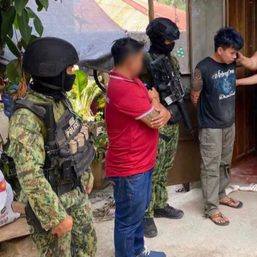
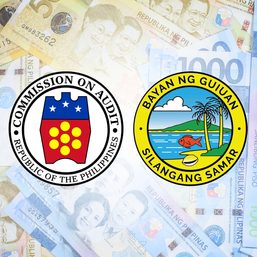
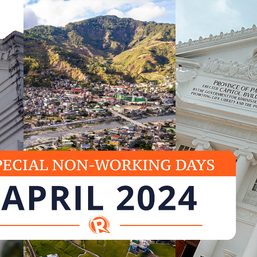
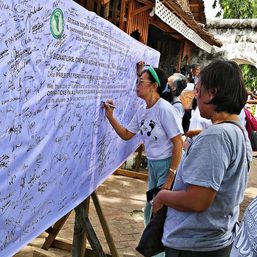

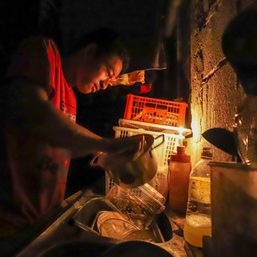
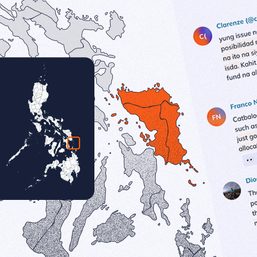

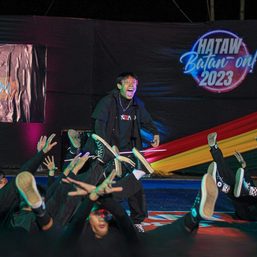
![[DOCUMENTARY] Our 15 kilometers: Small fishers fear losing municipal waters to big operators](https://www.rappler.com/tachyon/2023/12/our-15-kilometers-iuu-fishing-docu.jpg?resize=257%2C257&crop=279px%2C0px%2C720px%2C720px)


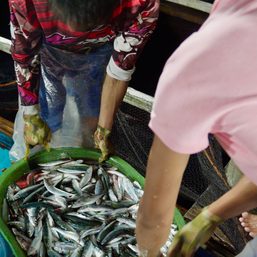

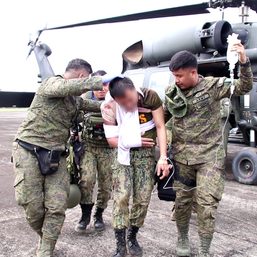

There are no comments yet. Add your comment to start the conversation.